Mostly forgotten among NASA's many successes are those designs that never quite made the cut. In the early 1970s, NASA was looking for a better way to get up to and back from outer space. By this time, NASA had decided rockets such as the Saturn V, were a technological dead-end and started work on a re-usable space vehicle. Thus, the NASA Delta Project was born.
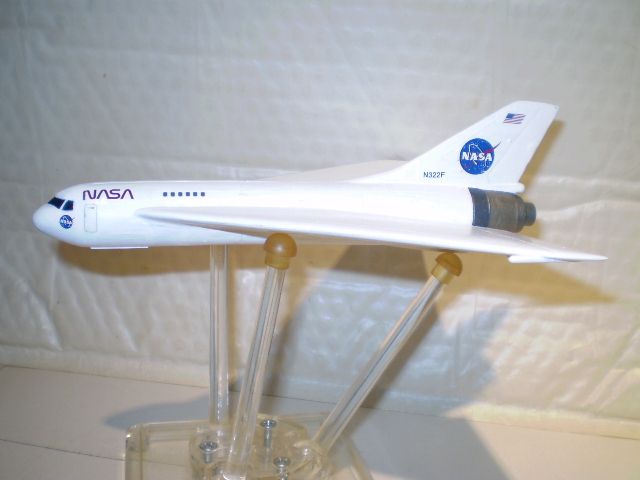
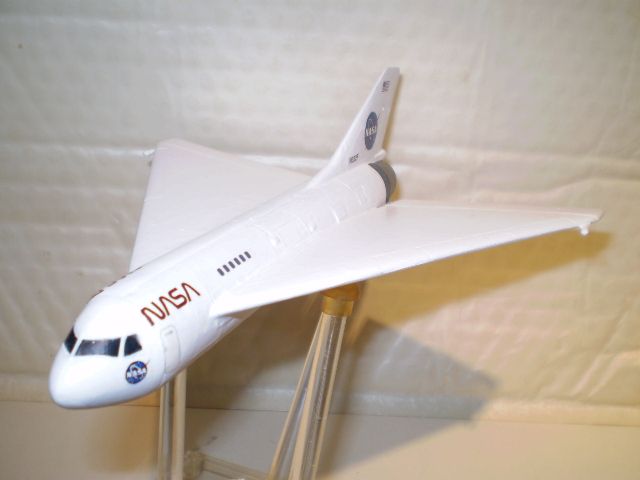
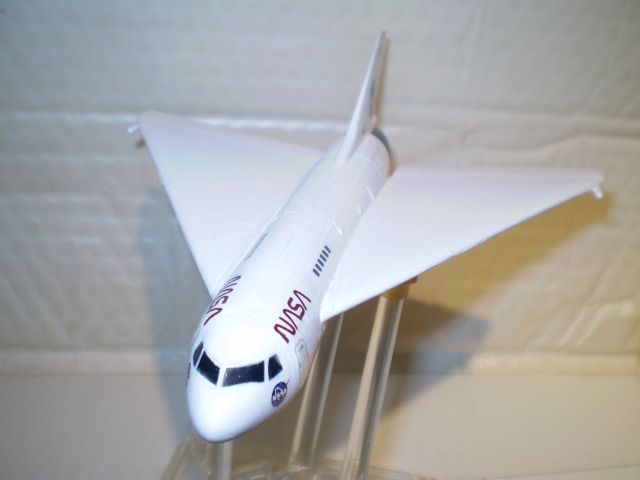
The small group gathered at Muroc was awed by the new design, and after being towed aloft, the new NASA Delta handled superbly and glided to an almost effortless landing at the desert base. A few months later, the new prototype was attached to a two-stage Jupiter XVII booster, and with experienced astronaut Buzz Aldrin at the controls, the NASA Delta finally flew in space. The mission, dubbed Aries, lasted four days as the Buzz and his crew put the NASA Delta through its paces in near-earth orbit.
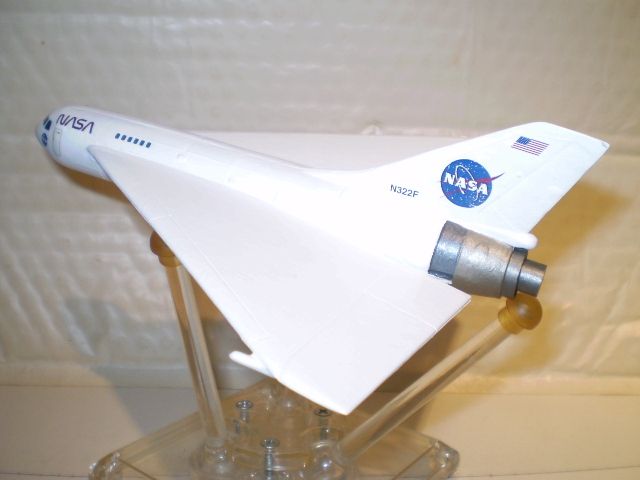
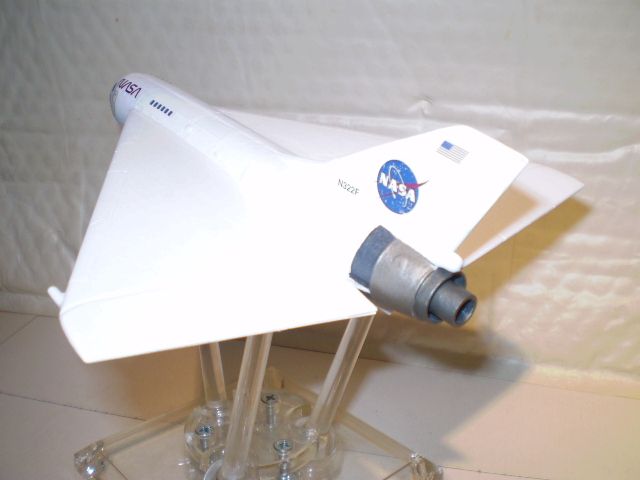
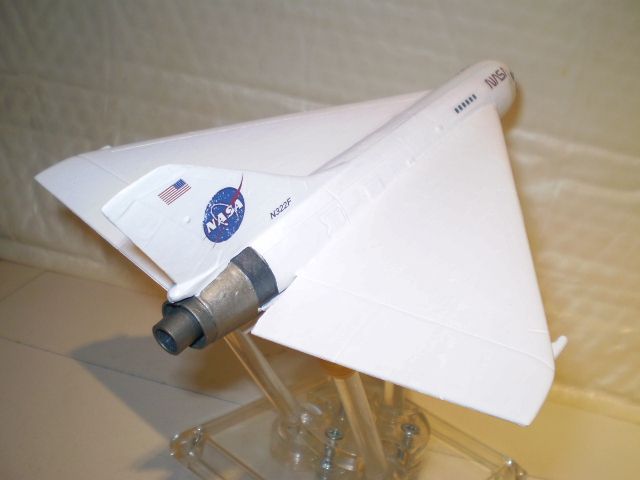
The new spacecraft caused quite a sensation and soon became a media darling. Nobody had ever seen anything like it before. The NASA Delta, this time commanded by Jim Lovell, docked at Skylab in 1975 which was televised world-wide. Since the new space plane could carry ten passengers along with a crew of four, the scientific community was thrilled at the opportunity provided to increase hands-on research. A new era seemed to have dawned for space exploration.
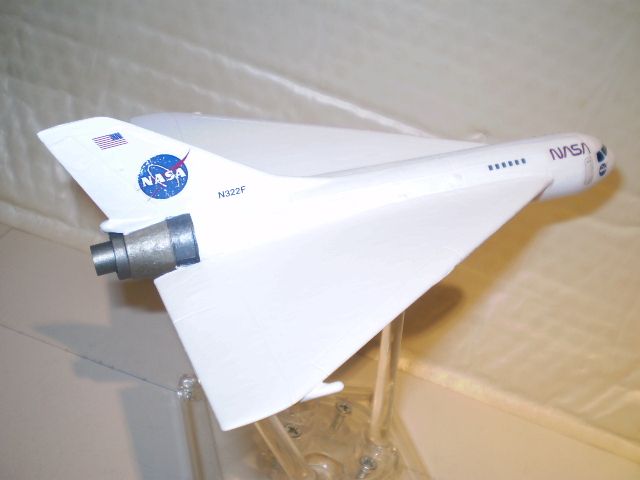
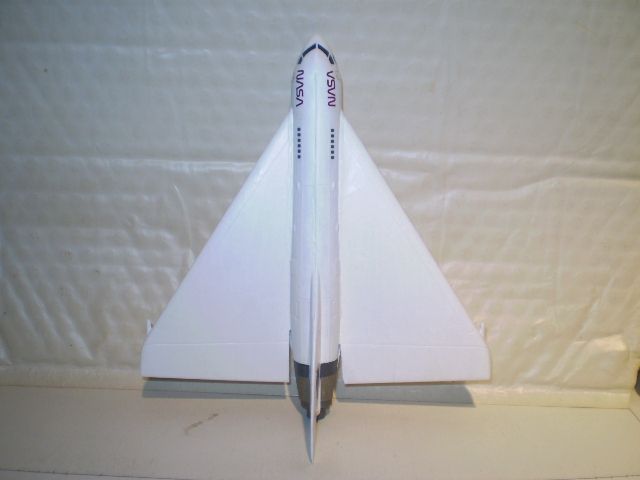
Unfortunately, this would all come crashing to an end in February, 1976 during an unauthorized flight.
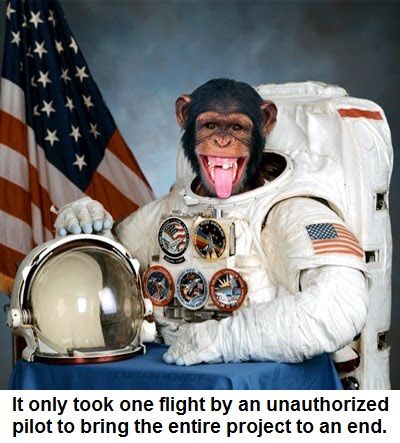
"Mr Jangles", noted space chimp, was living out a sedate retirement near Cape Canaveral. He became excited seeing a NASA Delta launch in December, 1975 and apparently hatched a plan. He escaped from his enclosure and gained access to the launch pad. He was somehow able to sneak into the cockpit, and after punching buttons on the control panel, managed to get the NASA Delta airborne. While he was able to take off, his flight skills, especially when it came to landing, weren't good and "Mr Jangles" was killed when he flew the space plane into the ground near Poverty Gap, Georgia.
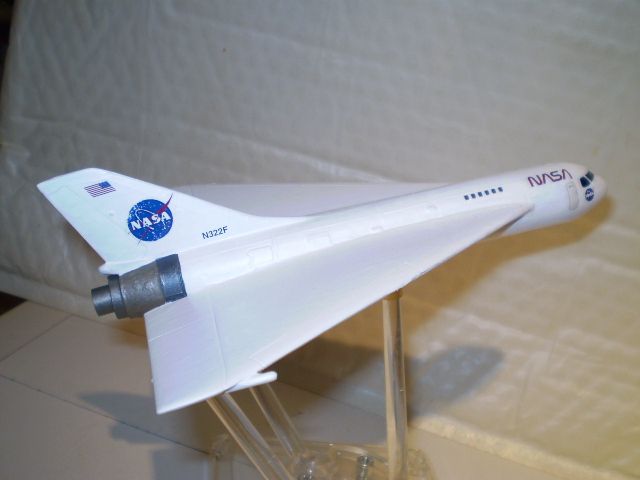
While the NASA Delta is mostly forgotten today, much of the work done on this project would lead to the legendary Space Shuttle.
Brian da Basher